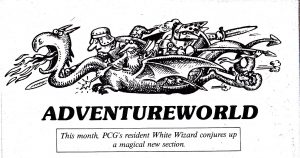
Help columns were a regular feature of computer magazine in the 1980s. As Adventure games were perhaps the most challenging games to play frequently leaving players stuck and unable to progress the Adventure help guru was a must for most game publications. The popularity of “The Hobbit” and the challenges of the Megler’s world and puzzles and the possibilities of Mitchell’s parser saw many column inches dedicated to the game.
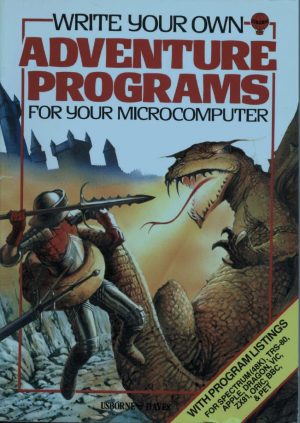
Frustrated gamers playing text adventures would inevitably find themselves at some time typing a string of expletives into the hapless interface only to be rewarded by a snide comment or just more stonewalling from the game. Infuriating and often very punitive on the player the punishing nature of these games made the actual mastery of a text adventure a special pleasure.
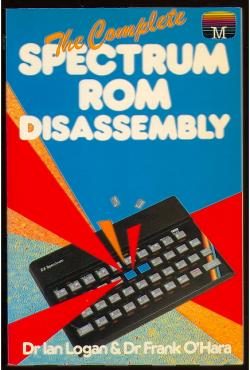 Melbourne House and Beam Software Director Alfred Milgrom sees “Vast cultural, societal difference in what consumers wanted from electronic games” between the mass markets for games in American and UK in the early days. “American consumers were happy to pay for...
Melbourne House and Beam Software Director Alfred Milgrom sees “Vast cultural, societal difference in what consumers wanted from electronic games” between the mass markets for games in American and UK in the early days. “American consumers were happy to pay for...
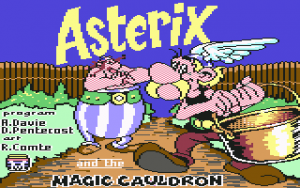
“Asterix and the Magic Cauldron” is based on the characters and the world of the “Asterix” comic books. The aim of the game is to take Asterix and Obelix on a journey to collect all seven pieces of Getafix’s broken cauldron. Asterix needs to carry food, for Obelix to follow him.
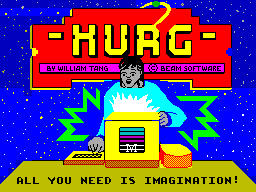
“H.U.R.G., High-Level User-Friendly Real-Time Games Designer”, is a program that enables you to create games. It is a menu-driven program, which was relatively new at that time, and it enables people with little or no programming knowledge to make their own games.
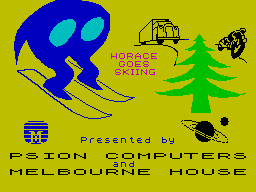
“Horace Goes Skiing”, released in 1982, was a spin-off from the successful “Hungry Horace”. “Horace Goes Skiing” is initially similar to the arcade game “Frogger”. In this instance, Horace has to negotiate a busy and dangerous road, in order to get to the ski shop, to rent a pair of skis.

“Melbourne Draw” is one of a couple of graphics toolkits that were created for the ZX Spectrum in the early 1980s. It was launched to widespread publicity, with “Crash” magazine saying that ‘”Melbourne Draw” stands out clearly as a professional tool”.
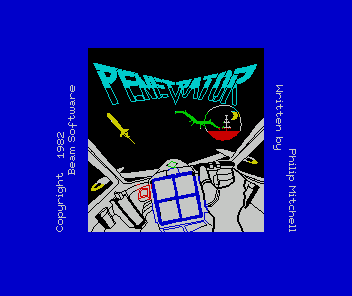
The tastefully named “Penetrator” was one of Beam Software’s earliest games. Designed for the ZX Spectrum by Philip Mitchell and Veronika Megler the game is a clone of Konami’s popular 1981 arcade game “Scramble”. A sideways scrolling shooter “Penetrator” recreates “Scramble”’s challenges of flying and shooting…
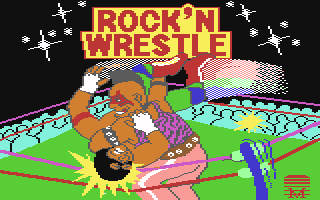
“Rock’n Wrestle” (known as “Bop’n Wrestle” in the US) was one of the first games to have 3D movement through space. The game allowed for single or dual player modes, using the joystick or the keyboard supporting twenty-four wrestling manoeuvres.
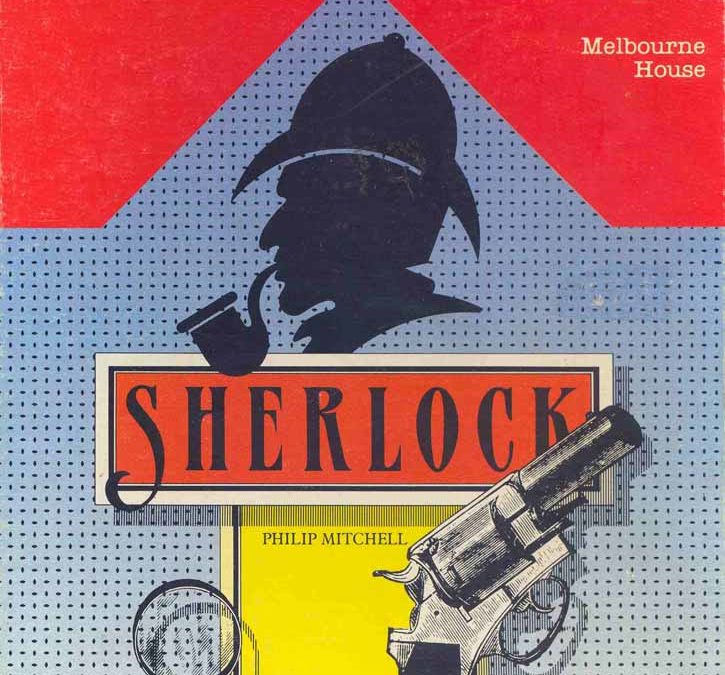
“Sherlock” is a 1984 text adventure developed by Philip Mitchell and Beam Software. It was published by Melbourne House. The game is based on the famous Sir Arthur Conan Doyle books featuring the super sleuth Sherlock Holmes, fiction’s most famous detective. You take the role of Holmes, assisted by Dr. Watson.
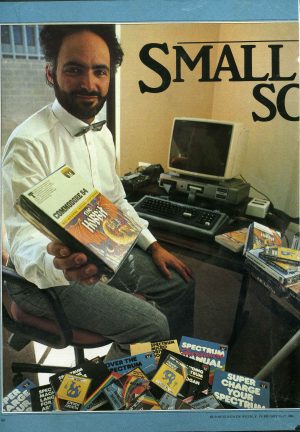
Alfred Milgrom co-founded Melbourne House publishing and Beam Software games development studio. Melbourne House established in 1978 with his wife Noami Besen was orginally a UK registered book publishing company. In 1980, Milgrom and Besen started Beam Software, the electronic gaming arm with distribution through Melbourne House. The name “BEAM” is an amalgam of their names. Beam became successful enough for Melbourne House to cease book publishing and to concentrate on electronic games.
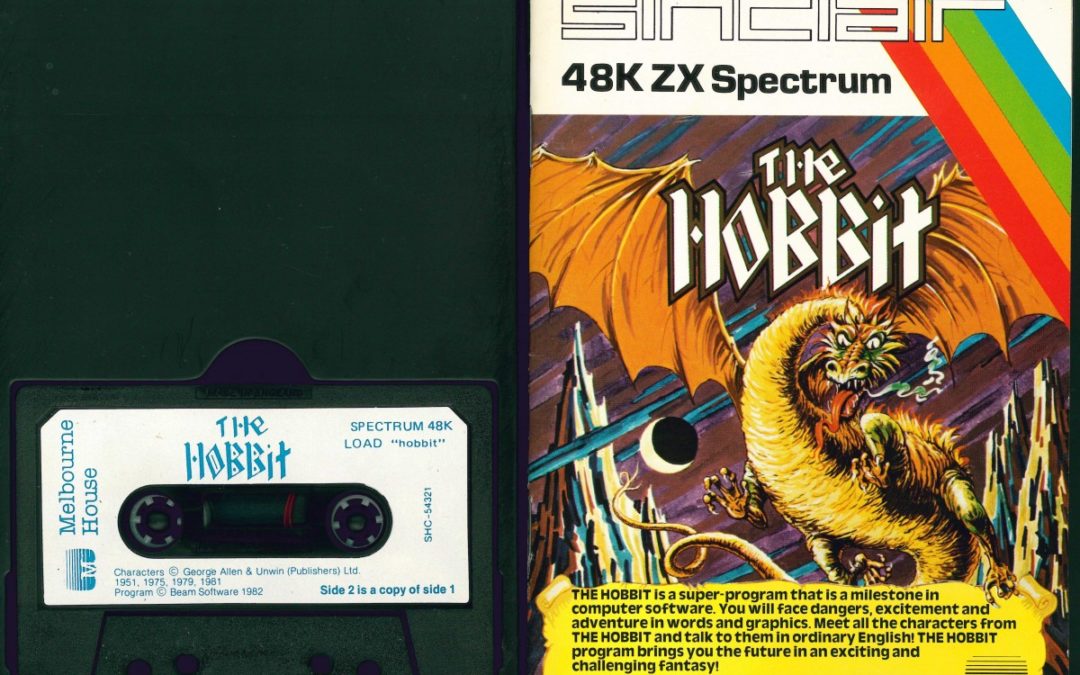
“The Hobbit” was one of the first major games produced in Australia, and is considered a classic text adventure. In 1985, it was voted number 1 in Sinclair User’s ‘Top 50 Spectrum Software Classics’.
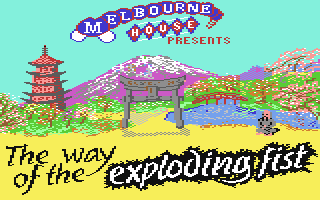
“The Way of the Exploding Fist” was one of Beam Software’s best-selling games, and reached number one in Europe. It was one of the first ‘beat-‘em-up’ games for the home computer and the first multi-move beat em up. Jordan Mechner’s “Karateka”(1984) which came out just before “The Way of the Exploding Fist” was basically punch and kick. The game offered an unprecedented sixteen karate moves, which allows for strategic game playing and complexity.













